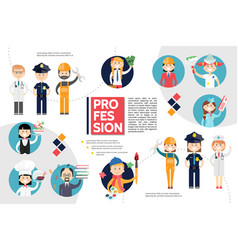Examine The Role Of Seasonal Consider The Success Of Industrial Outside Paint And Discover The Very Best Times To Protect Long-Term Results For Your Task
Examine The Role Of Seasonal Consider The Success Of Industrial Outside Paint And Discover The Very Best Times To Protect Long-Term Results For Your Task
Blog Article
Developed By-Carlson Celik
When you're preparing an industrial outside paint project, seasonal factors can make or break your outcomes. You'll intend to think about how temperature and humidity impact paint application and drying times. Selecting the right season can guarantee your paint sticks correctly and lasts much longer. Yet which periods are really the most effective for this type of work? Let's explore the key elements that can impact your job's success.
The Influence of Temperature Level on Paint Application
When you're intending an industrial outside paint task, the temperature can substantially influence how well the paint adheres and dries out.
Preferably, you wish to repaint when temperatures range in between 50 ° F and 85 ° F. If it's also cool, the paint might not treat appropriately, resulting in issues like peeling off or cracking.
On the other hand, if it's also hot, the paint can dry out also swiftly, stopping proper bond and leading to an irregular coating.
You need to also consider the time of day; morning or late afternoon supplies cooler temperatures, which can be more desirable.
Constantly examine the producer's recommendations for the details paint you're utilizing, as they commonly offer assistance on the perfect temperature range for optimum results.
Moisture and Its Result on Drying Times
Temperature isn't the only ecological variable that affects your business outside painting job; humidity plays a considerable role as well. High moisture degrees can reduce drying out times significantly, impacting the general quality of your paint task.
When the air is filled with wetness, the paint takes longer to heal, which can bring about problems like poor bond and a higher danger of mildew growth. If you're repainting on a specifically damp day, be prepared for extended delay times between layers.
It's vital to keep track of regional weather and plan accordingly. Ideally, go for humidity degrees between 40% and 70% for optimal drying out.
Keeping Go At this site in mind guarantees your task remains on track and supplies a lasting coating.
Best Seasons for Commercial Outside Paint Projects
What's the very best season for your industrial exterior painting tasks?
Spring and very early loss are generally your best options. During these periods, temperature levels are light, and humidity levels are often lower, developing perfect problems for paint application and drying.
Stay clear of summer's intense heat, which can cause paint to completely dry also quickly, causing poor attachment and finish. Likewise, winter season's chilly temperature levels can prevent appropriate drying and curing, risking the durability of your paint task.
Go for days with temperature levels in between 50 ° F and 85 ° F for ideal outcomes. Bear in mind to inspect the regional weather forecast for rain, as damp problems can ruin your project.
Planning around painting service guarantees your painting job runs smoothly and lasts much longer.
Final thought
Finally, planning your commercial external painting tasks around seasonal considerations can make a substantial distinction in the result. By organizing job during the optimal temperatures and moisture levels, you'll guarantee far better adhesion and drying times. Bear in mind to keep an eye on local weather report and choose the right time of year-- springtime and very early autumn are your best options. Taking these steps will assist you accomplish a long lasting and specialist finish that lasts.
